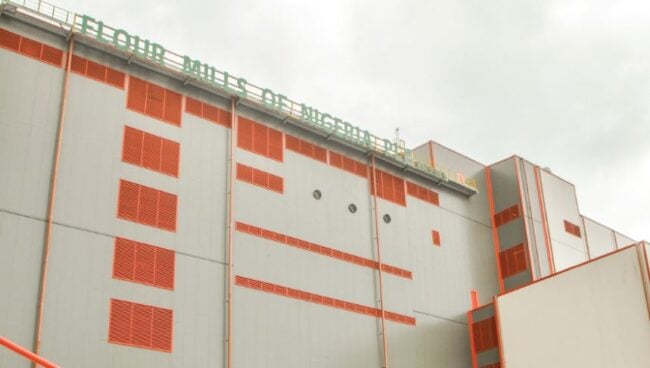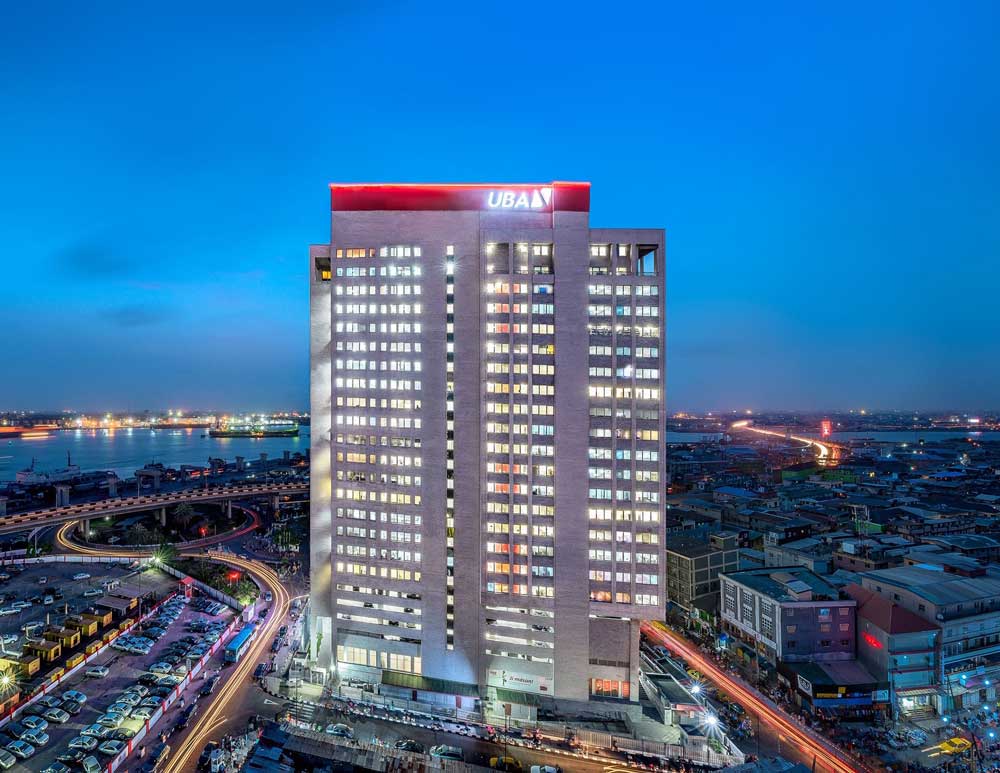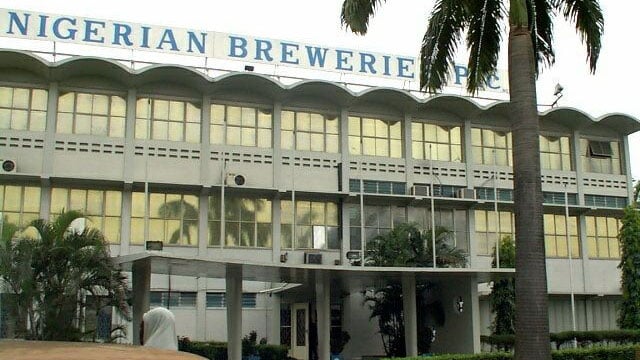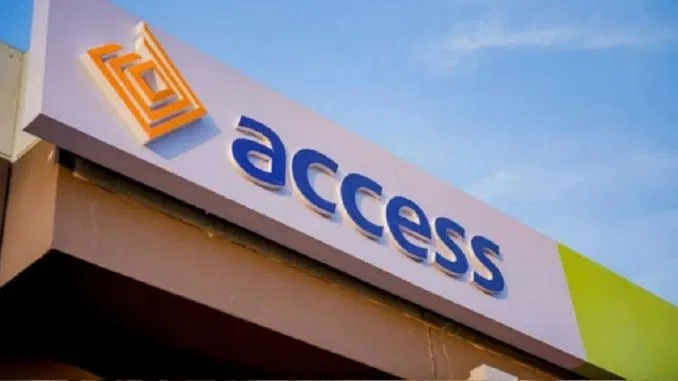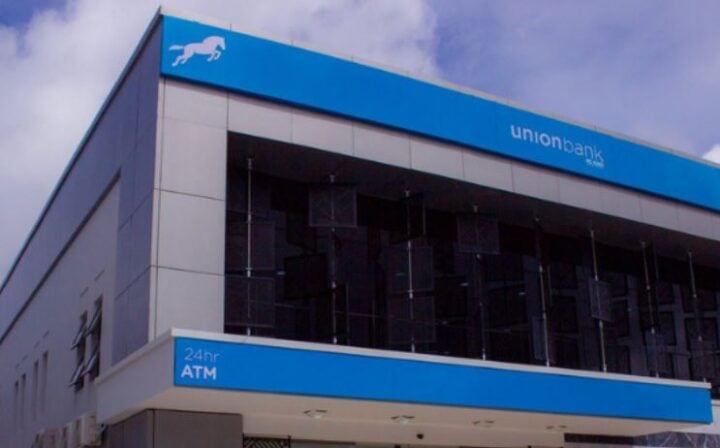Finance expenses of N37.5 billion claimed all the increase in operating profit of Flour Mills of Nigeria Plc and sent pre-tax profit crashing by 41 percent to less than N15 billion at the end of the third quarter (Q3) of 2022.
The food and agro-allied company’s interim financial report for the nine months ended December 2022, shows that cost of finance has maintained three-digit high-speed growth for two quarters running at 197 percent quarter-on-quarter in the second quarter and 123 percent to N15 billion in the third.
Finance expenses grew by N21.4 billion year-on-year at the end of Q3, close to twice an increase of N11.5 billion in operating profit to N40.4 billion for the same period. Cost of finance claimed as much as 72 percent of operating profit of about N52 billion at the end of the period.
Rapidly growing finance expenses continue to reflect the company’s rising debts profile in a heightened interest rate environment.
Advertisement
There was an additional borrowing in Q3, which raised interest-bearing debts to the region of N338 billion at the end of December, up from less than N159 billion at the end of its 2022 financial year in March.
While finance cost accounts for the company’s loss of profit, it is not the only revenue-consuming expense line. All the other cost lines encroached on sales revenue and constricted margins from top to the bottom.
Cost of sales, the company’s biggest expense line, grew slightly ahead of sales revenue at the end of Q3 at roughly 36 percent to over N1 trillion compared to 35 percent increase in group turnover to N1.1 trillion.
Advertisement
Gross profit margin went down from 9.7 percent to 9.3 percent and gross profit improved by 28.7 percent to N103 billion at the end of Q3. This represents an increase of over N23 billion in gross profit but no part of the increase got down to the bottom line.
Selling and distribution cost took a major change of direction and raced all the way up from a drop of 23 percent in the second quarter (Q2) to an upsurge of 139 percent quarter-on-quarter in Q3 to N5.4 billion for the quarter.
With the massive increase in Q3, selling and distribution expenses also grew ahead of sales revenue at the end of Q3 at 38 percent year-on-year to close at over N13 billion for the period.
Administrative cost similarly reversed its slowdown at 9.6 percent in Q2 and soared by 112 percent quarter-on-quarter to N12.8 billion in Q3. That jerked up the nine-month figure to almost N31 billion, which is an increase of almost 44 percent compared to the 35 percent increase in turnover.
Advertisement
On the favourable side, impairment loss on trade receivables of N455 million at half year turned around to a net write-back of N653 million at the end of Q3.
Also, net operating gain of over N4 billion in Q3 cut down net operating loss of almost N12 billion at half year to N7.7 billion at the end of the quarter.
Sales revenue numbers have maintained an uptrend so far from N340 billion generated in the first quarter (Q1) to almost N381 billion in Q2 and further to N393.4 billion in Q3.
The performance, according to the company’s report, reflects sustained momentum across all business segments — led by 39 percent revenue growth in the agro-allied business following the commissioning of new fertilizer blending plant in May 2022.
Advertisement
The closing sales revenue of N1.1 trillion for the nine months of trading, represents additional revenue of close to N290 billion but rising costs claimed more than all the increase.
Against the 35 percent growth in turnover, group after-tax profit dropped by over 41 percent to N10 billion at the end of Q3.
Advertisement
The company’s statement said the results were affected by initial integration costs and a loss of N10.3 billion by its recently acquired Honeywell Flour Mills Plc at the end of December 2022.
The full year earnings outlook for Flour Mills suggests some recovery of lost ground in its critical final quarter. As much as N11 billion or 39 percent of the company’s N28 billion after-tax profit in the preceding financial year was earned in the final quarter.
Advertisement
Add a comment

